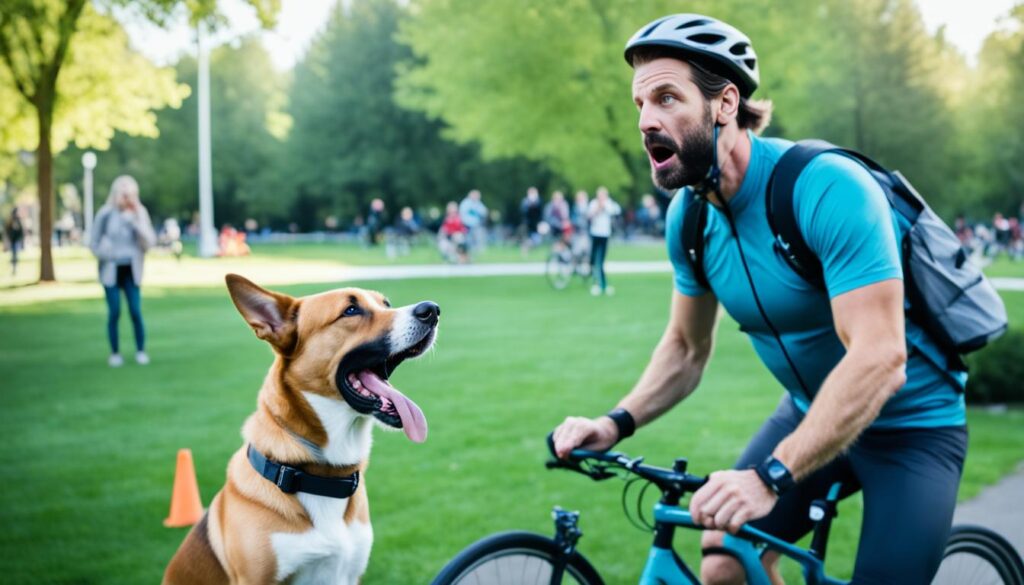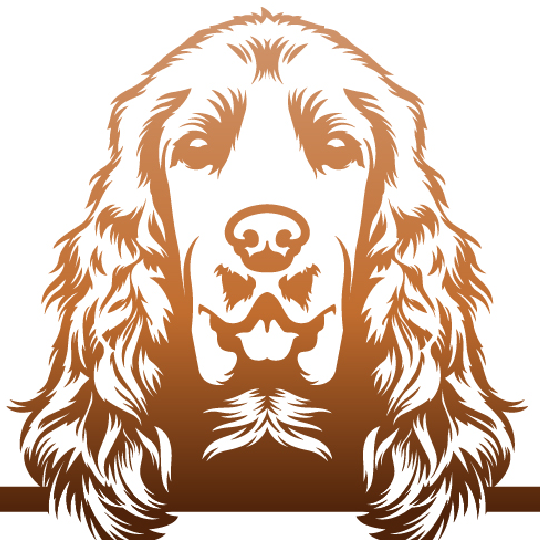Walking a nervous dog can feel like a big challenge. You both might feel like you’re walking through a minefield. But, don’t worry! I’ve found some great tips to help make your walks more relaxing.
Does your furry friend get anxious and scared every time you take them for a walk? If the sight of the leash sends them into a frenzy of shaking and whimpering, don’t worry, you’re not alone. Many dog owners face the challenge of walking a nervous dog, and it can be a stressful experience for both you and your pet.
But fear not! With the right techniques and a little bit of patience, you can help calm your furry companion and make their walks a pleasant and enjoyable experience. In this article, we will explore some valuable tips on how to walk a nervous dog and provide you with strategies for calming a scared dog. So, grab a pen and paper, and get ready to transform your dog’s walk from a stressful ordeal to a joyous adventure!
Understanding Your Nervous Dog’s Behavior
Let’s dive into the world of nervous dogs, okay? If your dog shows nervous dog behavior, you’ve seen the signs. These include panting and pacing. They also get that scared look. It’s clear when they’re upset. Knowing why your furry friend feels this way is crucial. When your calm buddy turns into a scaredy-dog on walks, it’s worrisome.
Now, let’s explore what stresses dogs out on walks. Many things can make them anxious. This could be seeing another dog or person. Even skateboards and loud trucks can freak them out.
Remember, each dog is different. What scares one may not bother another. Figuring out what stresses your dog is key. Avoiding too many stressors at once helps a lot.
Here are some helpful stressors and strategies:
| Stressor | Strategy |
|---|---|
| Repeated exposure to stress triggers | Prevent trigger stacking by altering walking routes |
| Desired behavior on walks | Use positive reinforcement with treats |
| Fear triggers in the environment | Desensitization and counterconditioning training |
| Resource guarding & Territorial aggression | Behavior modification with professional help |
| Loud, unexpected noises | Crate training and establishing a ‘safe space’ |
Adding fun and a steady routine is great for them. Create safe spots and play scent games. Keep routines regular. Even small changes can stress them out. This is true if you’ve moved or changed schedules.
Dogs of all ages can feel anxious. Puppies might start showing signs between 12-36 months. Understanding and patience help ease their worries, whether young or old.
Managing a dog’s anxiety takes a good plan and adaptability. Lots of love also makes a big difference. Always be willing to get professional help. Remember, it’s possible for dogs to find new ways to relax.
Identifying Anxiety Triggers During Walks
Have you seen your dog shiver at the sound of leaves while walking? It’s common for those of us with nervous dogs. The outside world can seem scary to them. We need to figure out what scares our dogs during walks.

Loud sounds or a bold squirrel can make our dogs anxious. Anxiety can show in many ways, like whining or guarding toys. Understanding these signs is crucial.
Your dog might act brave against strangers, growling to protect their territory. Older dogs may seem worried, pacing back and forth. Noticing these signs is key to helping a nervous dog.
As someone with a new, anxious dog, I’ve learned to manage their fears. Surprisingly, dogs have over 30 calming signals. These help more than my Netflix routines!
A regular routine brings peace to our dogs. It’s their own way of feeling secure after a hectic day. Planning for unexpected encounters helps keep them safe. Always put their safety first.
Dog anxiety is tough but knowing triggers helps a lot. Whether it’s loneliness or guarding their space, understanding these can make a big difference. Sometimes, the solution is simple, like treats or a gentle touch.
Wondering how to calm your anxious dog? Besides tricks, consult a pro if anxiety gets too high. We all want joyful, not stressful, walks. Let’s aim for happier walks!
Walking a Nervous Dog: Strategic Planning for a Calm Experience
Walking a nervous dog needs a solid plan. I learned to plan walks like a chess master, matching them to my dog’s comfort. We can turn scared dogs into confident ones with the right approach to reduce dog’s stress during walks. I’ve figured out ways to avoid things that stress my dog during our walks.
Getting to know what scares our dogs is crucial. I found what makes my dog anxious and planned our walks to avoid those things. With patience and training, we can change their fear into calmness. This process makes walks enjoyable for them.
Before heading out for a walk, it’s important to plan your route carefully. Avoiding crowded areas or places with loud noises can help minimize your dog’s anxiety. Stick to quieter neighborhoods or parks where your dog can feel more relaxed and comfortable. Gradually introduce new environments and stimuli, taking baby steps to help your dog gradually build confidence.
Additionally, incorporating positive reinforcement techniques can be highly effective. Reward your dog with treats or praise when they exhibit calm behavior during walks. This not only reinforces their good behavior but also helps build their confidence over time.
Walking a nervous dog requires patience and understanding. By implementing strategic planning, recognizing calming signals, and using positive reinforcement, we can create a calm and enjoyable experience for both ourselves and our furry companions. Remember, a calm and confident dog makes for a happier and healthier pet.
Carrying treats is essential for me. I use treats to make my dog feel good when they get nervous. This strategy is part of my bigger plan for anxious dog walks:
| Strategy | Benefits |
|---|---|
| Adjust walking routines, routes, and times | Consistency and familiarity help your dog to relax |
| Home enrichment activities | Keeps your dog mentally engaged and can reduce the need for outside walks when they’re too stressed |
| Exercise in private, controlled areas | Lowers the chance of unexpected stressors, allowing the dog to enjoy exercise without fear |
| Gradual reintroduction of walks | Helps acclimate your dog to walks without overwhelming them |
| Establishing a predictable routine | Provides structure and stability, reducing anxiety |
Sometimes, I use medicine for extremely nervous dogs. However, a regular routine is most important. It makes dogs feel secure, like a steady tune that plays in their daily life.
Crates can seem bad, but they’re like safe spots for our dogs. They are where our dogs can relax before going out. We should also have backup plans for unexpected situations. I plan quick ways to leave stressful situations, much like a stage manager does.
Every step and turn with my dog is a show of our trust and calm. Mastering anxious dog walks is about patience, preparation, and treats. It’s like performing a well-rehearsed dance together.
Our walking routine isn’t just for show. It builds trust between me and my dog. With every step, my dog knows I’m there to support them. This builds their confidence for calmer, happier walks.
Effective Distraction Techniques and Treat Tips
When I go for a walk with my eager dog, I keep a few tricks ready. These include ways to soothe a fearful dog outdoors and the perfect treats. Behaviors like resource guarding can make a simple walk challenging. Yet, a bit of peanut butter can shift their focus to something positive. It’s more than a snack; it’s a task that keeps their mind and tongue busy.
Older dogs may deal with cognitive issues, showing signs like pacing. To help, I stick to a fixed schedule and simple patterns. This approach makes walking a worried dog easier. Regular walks, treats for good behavior, and a safe crate provide comfort and consistency for them.
Teaching my dog simple commands helps us handle surprises. Doing a nose touch or side approach can distract them from fears. These tricks, along with treats for nervous dogs, help bring peace to their world. When life gets too busy, having a quiet spot or moving to a calm room helps my dog relax.




